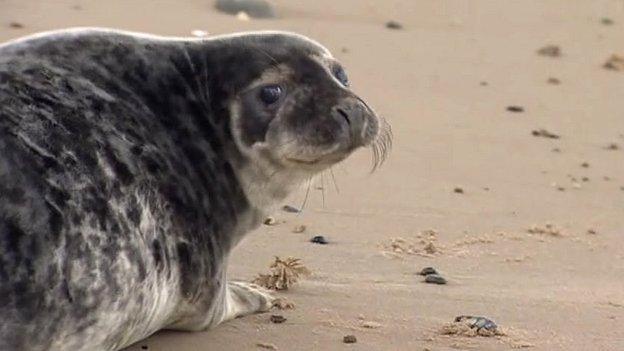Horsey beach seal births top 1,000 for first time
- Published
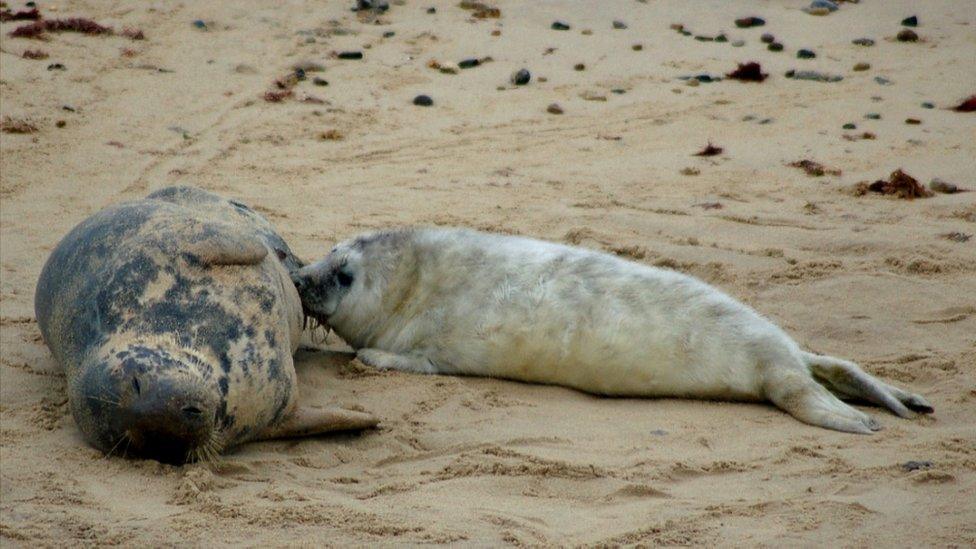
Seal pups are weaned by their mothers for about three weeks before they enter the sea
A record number of grey seal births at a Norfolk beach shows a "major change" in behaviour as the animals become used to humans, marine experts have said.
The 1.5 mile stretch of sand at Horsey has hosted 1,018 births so far this winter compared to the previous winter when there were 804.
Dr Dave Thompson, biologist at the Sea Mammal Research Unit, said: "The colony growth is spectacular.
"These animals used to only breed on islands or sandbanks."
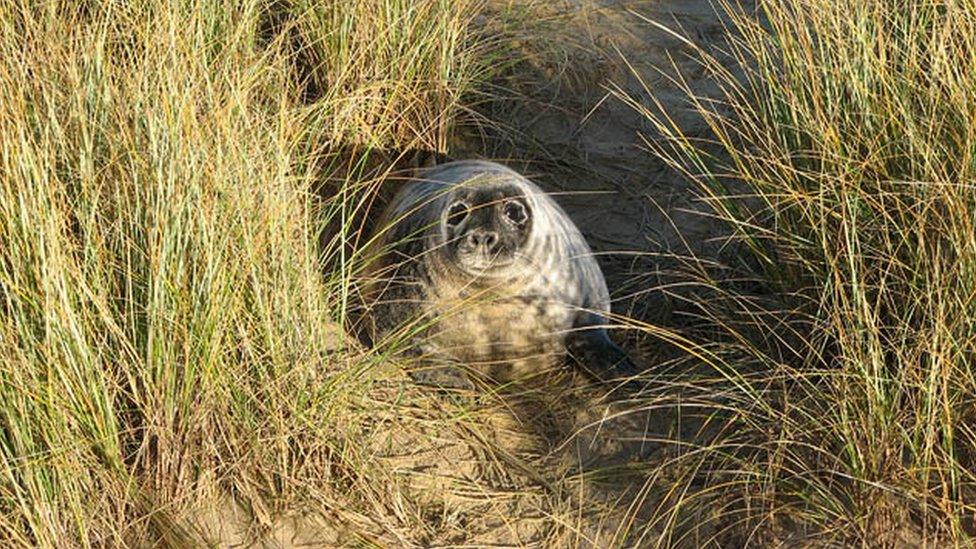
Grey seals are able to shelter in the sand dunes at Horsey where volunteers try to prevent visitors from disturbing the breeding site
Seal breeding began in 2003 at Horsey, which is privately-owned but where the public are allowed to visit.
The Friends of Horsey Seals volunteers put up ropes and warning signs and patrol the beach to try to make sure seals are not disturbed during the November to January breeding season.

The Sea Mammal Research Unit said grey seals used to breed only on sandbanks or islands not reachable by humans
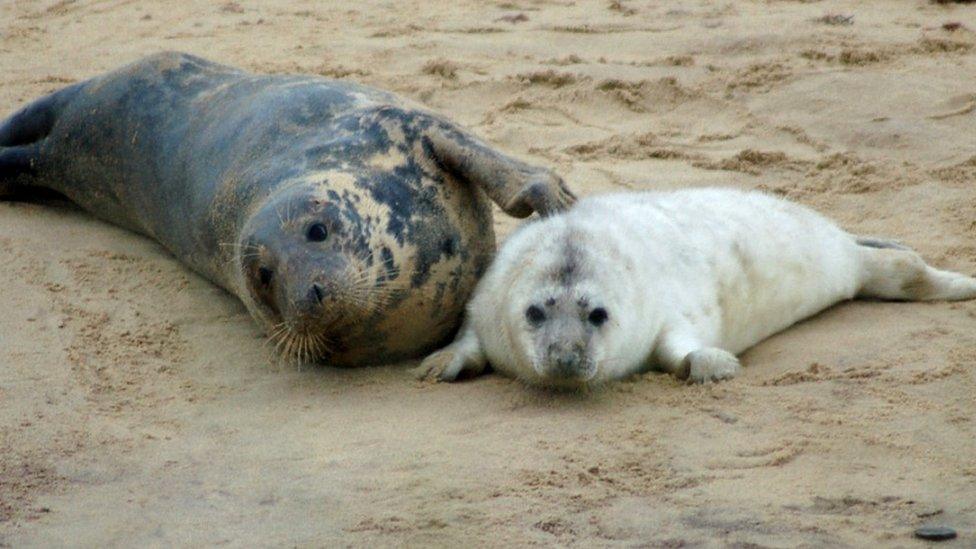
Grey seal pups will fend for themselves after they have shed their white fur
- Published5 December 2015
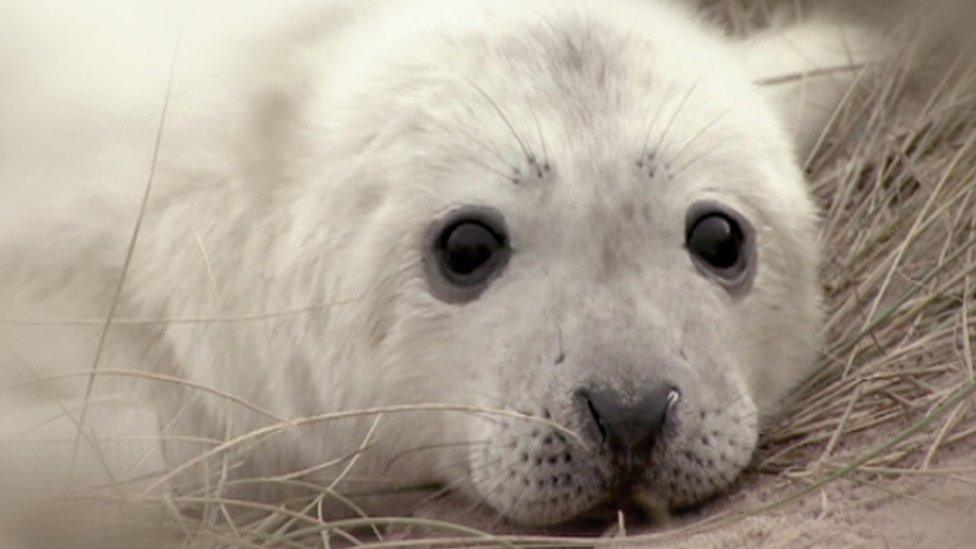
- Published18 September 2015
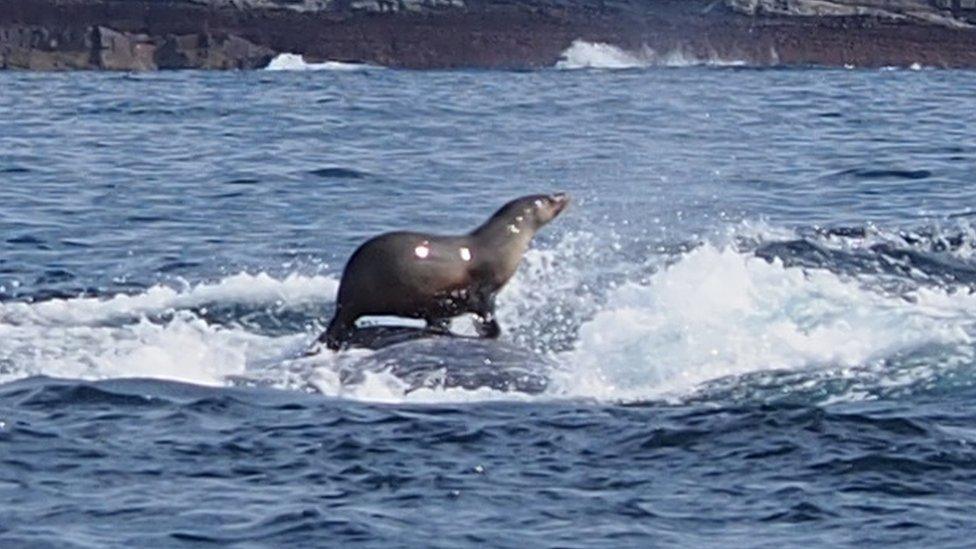
- Published22 July 2015
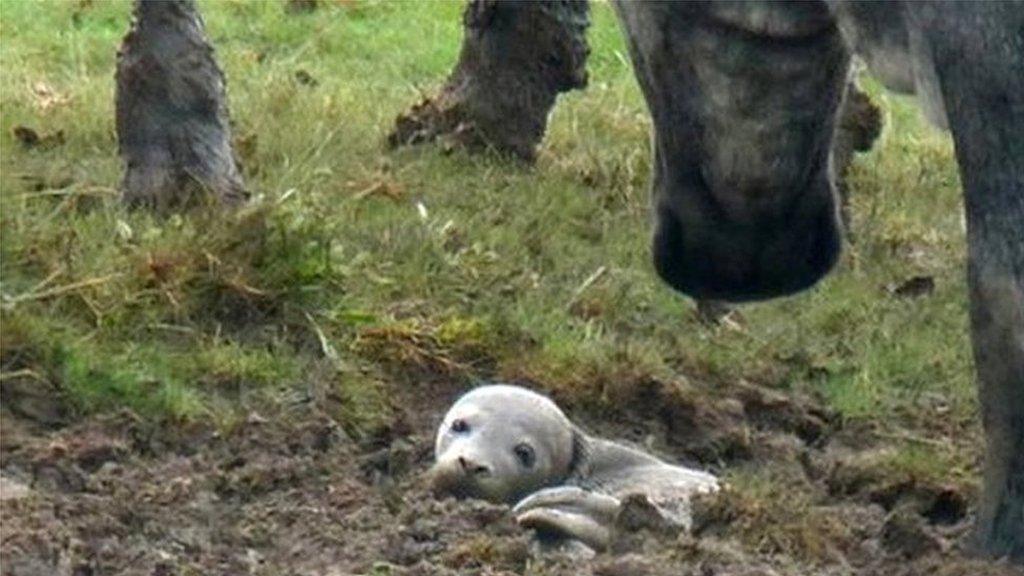
- Published1 July 2015
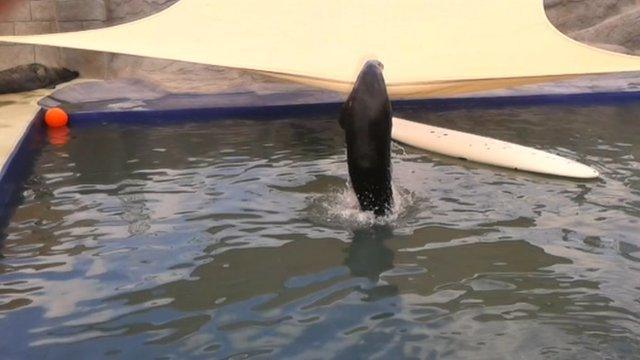
- Published26 February 2014
